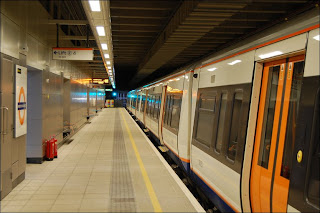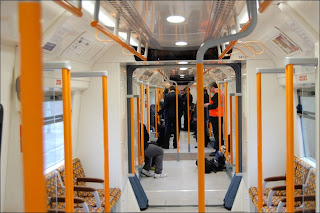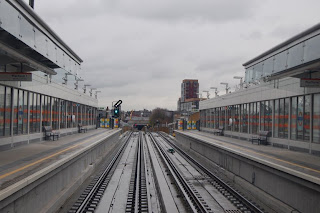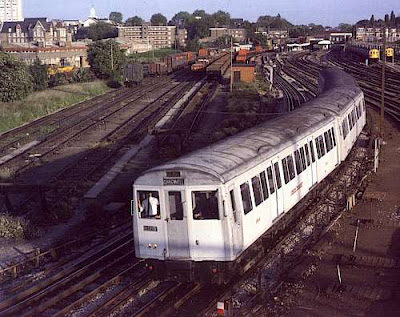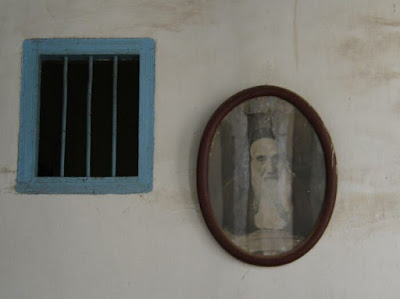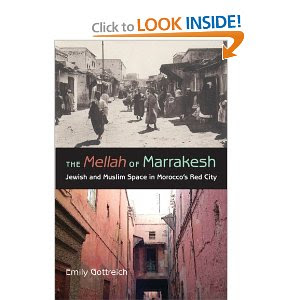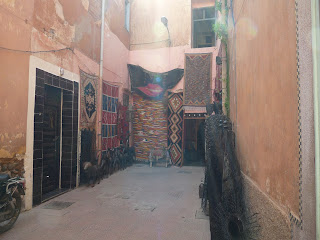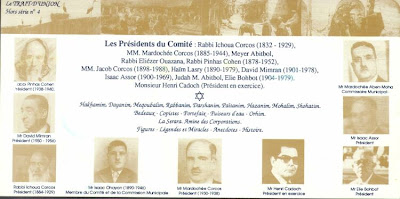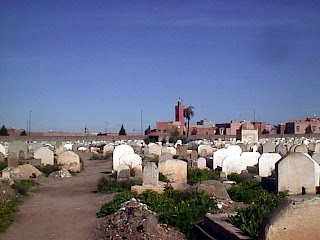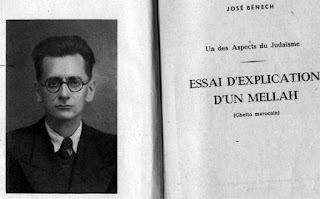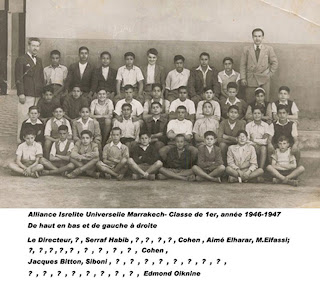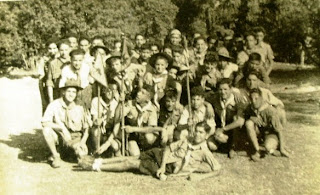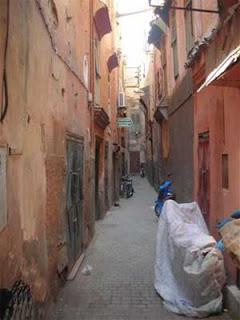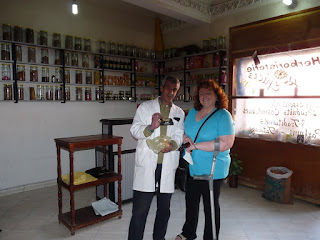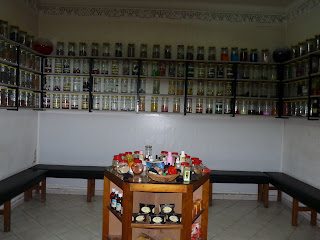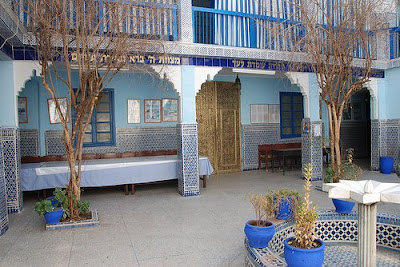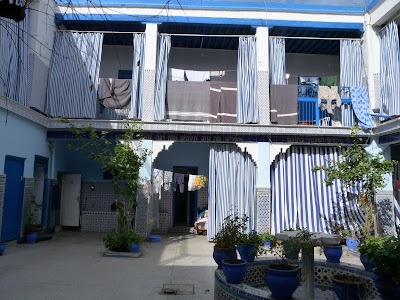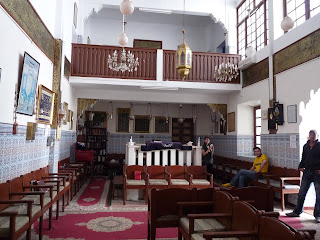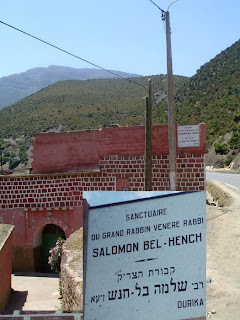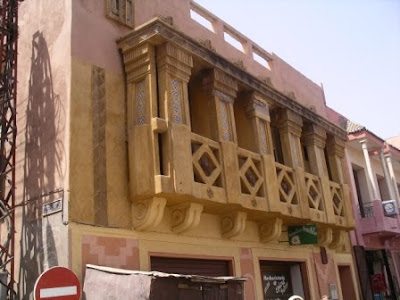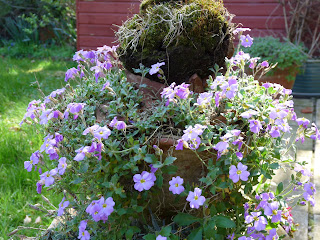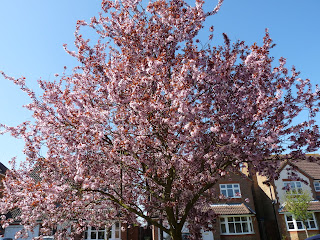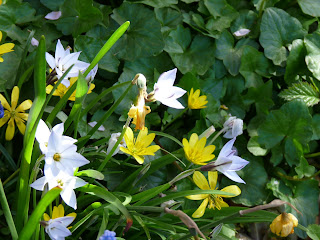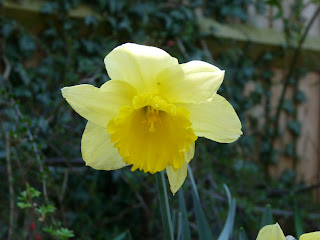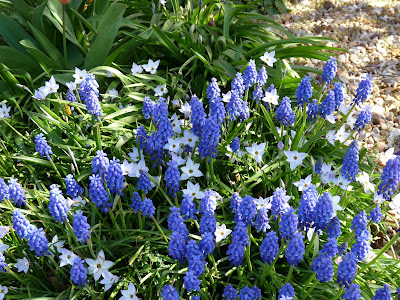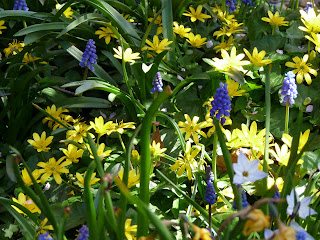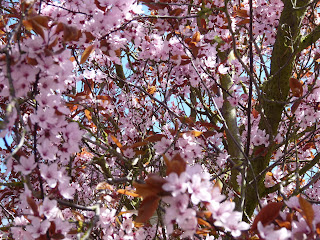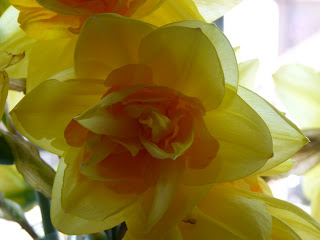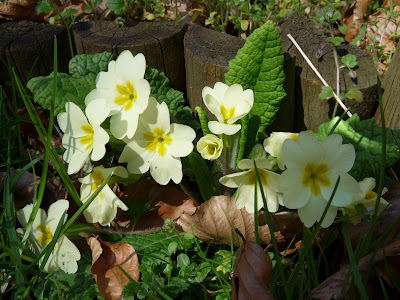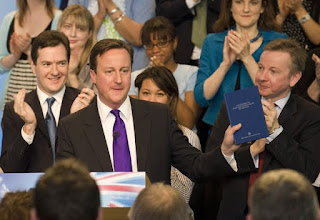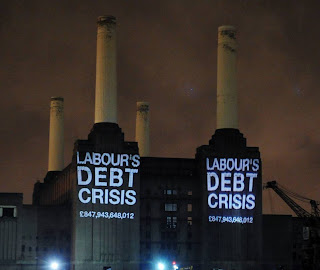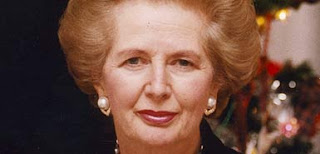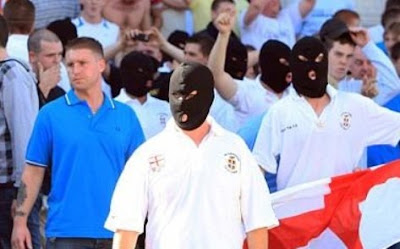
England's Defenders?
Aylesbury last Saturday was its usual relaxed weekend self enjoying a sunny day enlivened by St. George’s day celebrations on a subdued scale. In Kingsbury Square the cafes and pubs had plenty of tables outside as people enjoyed the weather with their children and had a drink or snack whilst enjoying the Morris Dancing. There was also a Dragon roaming around attracting the kids and a little street train with a loco called “George” bringing the kids around the pedestrianised centre of the town. In the Market Square, overlooked by the statue of the local MP John Hampden whose refusal to pay the “ship tax” (Buckinghamshire is not on the coast!) to Charles I precipitated the English Civil War, the market traders jostled for custom from their colourful stalls as they have done for over four hundred years in this the County Town of Buckinghamshire. In the courtyard of the King’s Head, an ancient coaching inn owned by the National Trust, locals and visitors were enjoying the live music and the traditional ale from the Chiltern Brewery.
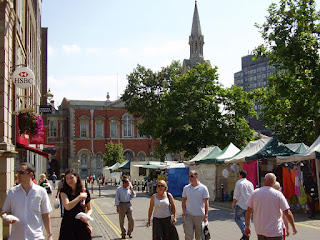
Market Square, Aylesbury
But what a difference a week will make in this town of 70,000 people. There is a sizable minority of Muslims in Aylesbury who are mostly from Pakistan controlled Kashmir where they have fled from conflict and work hard to provide a better future for themselves and their children. We have a Mosque and some of the best schools in the UK and by and large everybody rubs along quiet well. There is, as in any large town, a lumpen proletariat and there have been in the past some racist incidents whose reports generally include the words “skinheads” and “drink” but we pride ourselves on community relations and have had a Muslim Mayor.
http://www.guardian.co.uk/uk/2001/may/28/race.world
Aylesbury has a mixture of London commuters and busy local employment and is set in the attractive and rich farming area of the Vale of Aylesbury close by the Chiltern Escarpment and the area of Outstanding Natural Beauty known as the Chiltern Hills. It is a good and improving place with a good quality of life which is appreciated by the inhabitants who include sturdy yeomen of Buckinghamshire and many who have moved here from elsewhere including a large Italian and Irish community and more recently Polish. It is an inclusive place and we are particularly protective of disabled people who are very visible in the Town Centre on a normal Saturday as Stoke Mandeville Hospital with the National Spinal Injuries Centre is nearby. That was last Saturday. Next Saturday will be different, very different.

The borrowed iconography of the EDL including Constantine the Great's motto " In this sign I will conquer"
On Saturday 1st May our town is being high jacked by a self appointed Rent-a-Mob called the English Defence League or EDL. The effect is palpable. Aylesbury Bus Station will be closed, many small shops are closing at 12, they gave been advised by the Police to not have chairs and tables outside, keep shutters down and consider if they want to really open. The fear is well founded as the video taken by a neutral outsider at a recent EDL “Rally” in Stoke on Trent where 17 people were arrested shows. So next Saturday May the 1st these strangers are going to use our town to contrive conflict where none exists. So next Saturday in Aylesbury Town Centre there will be no buses, no old people, no children, no disabled people and no shoppers. There will also be no pubs open in the town. Here are the details from these Brave English Defenders own website;
“Initially, point 'A' was chosen as a muster area due to it having a small cluster of pubs that would serve as a meet point for our supporters to socialise in before the demonstration. However, the local licensing authority has visited these pubs and as an upshot of that, they have decided to close on the day. We would like to point out that at every single EDL demonstration; no pub has ever received any damage whatsoever. A business that could take three weeks worth of business in the space of a couple of hours deciding to close? I don't know what was said to them, but it sure must have been scary.”
Some Brave Army the EDL marching on its accelerated alcohol consumption?
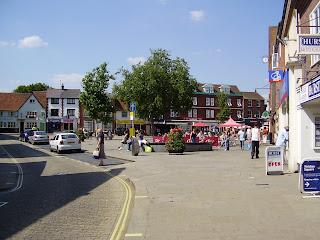
Kingsbury Square, Aylesbury where all the pubs and cafes will close next Saturday
Some England, some defence? And who are the EDL? Well they have no discernible policy, have not been elected or stood in any democratic process and their web site consists of one long sneer against Muslim people quoting liberally from extremist and unrepresentative Muslim preachers to justify their obsessive fixation with “defending” the English against Islam?
The national leader of the English Defence League has warned that Saturday's demonstration in Aylesbury could be the first of many after a bitter row erupted with police and council bosses. Officers were hoping to keep EDL members on the outskirts of town before a rally in Market Square, to prevent skirmishes with counter demonstrators. But yesterday Tommy Robinson – not his real name – said EDL protestors are now planning to evade police and instead gather in Vale Park – where an anti-EDL demonstration is due to be held.
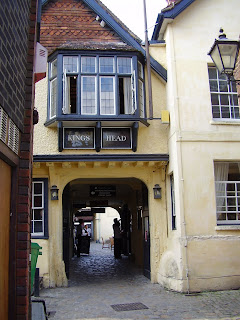
King's Head Aylesbury
He said: "If our demonstration doesn't go how we want it to go, we'll come back in six weeks. No other place has tried to block us like this one has." The EDL fell foul of police and council chiefs after trying to put up a stage and use loudspeakers – which they need a licence for. At a tense meeting on Monday, they were also told that they were not allowed to carry wooden framed banners. Coach loads of EDL members would have been met by police and escorted to Market Square, where they would have been contained inside solid barriers. Robinson said ominously: "We don't think they're doing well if they want it to go peacefully."
Here is a thoughtful article in the Guardian about this entirely bogus “protest” which is hijacking our town next Saturday by local resident and Labour Parliamentary Candidate in the forthcoming General Election, Kathryn White.
http://www.guardian.co.uk/commentisfree/2010/mar/09/english-defence-league-aylesbury
So in Aylesbury next Saturday let us keep our nerve with these unwanted and unwelcome visitors. As Communities Minister John Denham pointed out, “The tactic of trying to provoke a response in the hope of causing wider violence and mayhem is long established on the far-right and among extremist groups.” Let us remind ourselves of the EDL’s origins which highlights the ambiguous position that the BNP holds in regards to this new combination of football hooligan gangs and street racists. The BNP, and the NF before it, used to openly embrace football hooligans as useful muscle with a fierce nationalist pride. However, demonstrations and punch ups no longer fit with the image that the BNP tries to project, and so the EDL has filled a gap in far right politics that the BNP voluntarily vacated in its pursuit of votes.
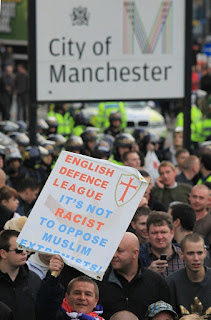
The flower of England?
So does England need these “Defenders?” Well, England has defended itself fairly well in the past and I presume will do so very well in the future and the EDL membership will make no contribution either way. Like the ludicrous Nick Griffin, the convicted racist who leads the BNP, who surrounds himself in photo ops with make believe soldiers in battle fatigues the EDL will seek to use the last refuge of a scoundrel and these shower of aggressive, unemployed yobs will wrap themselves in false patriotism, a patriotism which probably doesn’t include not being dole scroungers? You have to wonder about the mentality of people whose idea of a good day out on a Bank Holiday weekend is to hold a market town and its diverse inhabitants to ransom. There is no point in me telling them not to come to Aylesbury for their tribal cow stomping because, lets face it, these yobs didn’t get where they are today by listening to others. There is also the practical point that if they were to get themselves tanked up, fight the other side in a macho male tribal display and then go home and watch their yobbery on TV after a footie match it would cost them a lot more than these members of the underachieving Master Race can afford.
Preserve us from such sham defenders; preserve us from such sham patriots.

